Get a Soft Brush

Much like choosing protective hairstyles keeps your hair from getting slowly yanked out over the years, a soft brush will help you out a lot. The soft bristles keep your hair from getting pulled on and falling out. Luckily, hairbrushes can be found really cheap so you don’t have to spend much money on them.
Boar bristle brush is one of the most popular types of soft brushes people use. The benefit is that these brushes can also help distribute the oil around your hair, rather than remaining on the crown and weighing down your hair.
Find a Good Conditioner

The natural next step after shampooing your hair is to follow up with a good conditioner. Just like with your shampoo, it’s important to find a conditioner that won’t leave particles behind in your hair.
You should also look into conditioners that won’t weigh down your hair too much. Check out the volumizing, lightweight formulas. Most will state that they're specifically for thin hair. Dry hair conditioners typically have oils that will be heavy on your hair.
Use Water-Based Styling Products
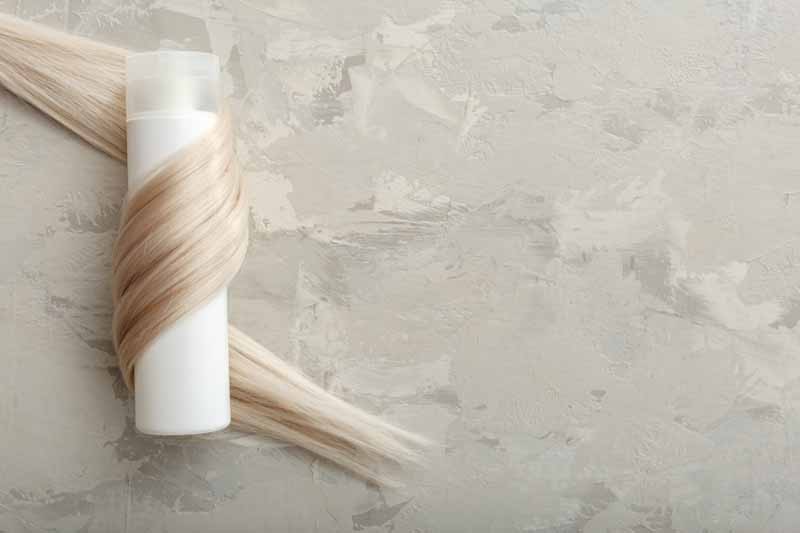
This tip goes along with finding a good, residue-free shampoo and conditioner. Without all those extra yucky chemicals floating around in your styling products, your hair won’t get all gunked up.
Oil products have a habit of staying in your hair, which is great for dry hair. Unfortunately, for thin hair, it'll just flatten it out and make it look thinner. Water-based styling products won’t weigh down your hair, but will still deliver on hold and shine.
Get Plenty of Omega-3 Fatty Acids

Omega-3 fatty acids are important unsaturated fats that help prevent depression, inflammatory diseases, and even breast cancer. Many people don’t get nearly enough, so you can supplement your food with medicine to get a good amount every day.
Omega-3 fatty acids help promote hair growth, too! One of the best ways to get this nutrient is through fish like salmon or mackerel. If you aren't a fan of fish, you can also find it in flaxseeds, chia seeds, and walnuts.
Don’t Wash It Too Often
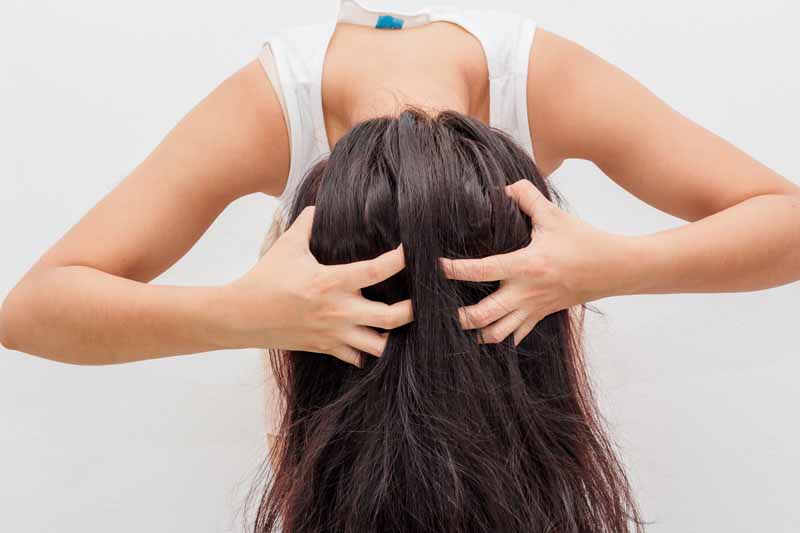
We know, it seems counterproductive to only shower every other day. Wouldn’t that just make your hair greasy and limp? Nope! Many people don’t wash their hair every day. Dirty hair is easier to style and doesn’t see nearly as much damage.
When you’re not using your shampoo and conditioner every day, it can’t gunk up your hair. The benefit of this is that dry shampoo can also make your hair look thicker than it really is.
Find a Good Dry Shampoo
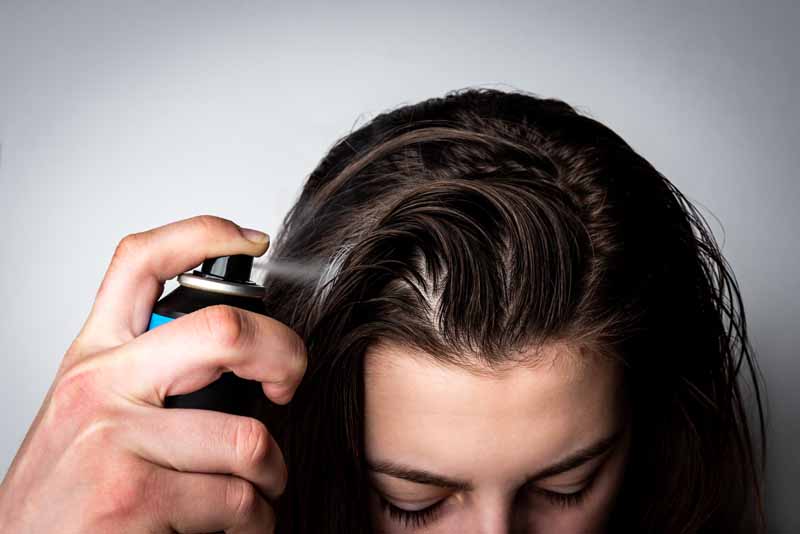
Since only showering every few days can be stressful, especially in the beginning, it’ll be hard to get used to. Luckily, dry shampoo is a thing. There are powders, sprays, and liquids that all promise to give you shiny, bouncy waves.
You don’t want one that you have to scrub out of your hair, so look for dry shampoos with only a few, trusted ingredients. Try different brands until you find one you like most. One of the most popular brands is Batiste.
Avoid Blow-Drying It
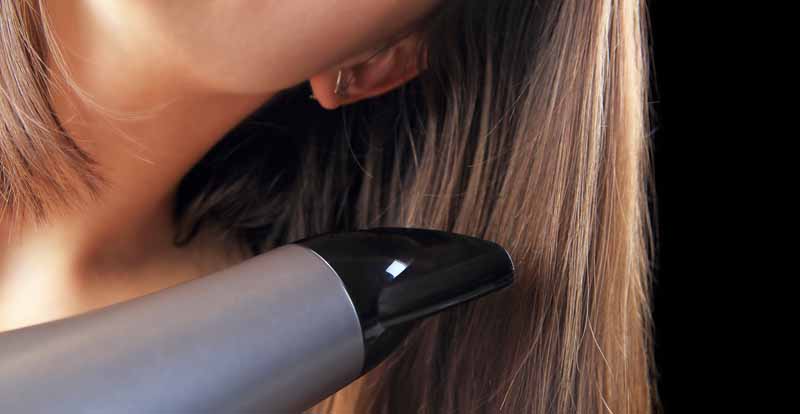
Just like with getting your hair straightened, blow-drying your hair can leave you with brittle, dull, and lifeless locks. Even if you use a heat protectant, you could be damaging your hair by applying heat regularly (whether it's once a day or once every other day).
Thin hair dries fast anyway, so you don’t need to use a blow-dryer every day. Let it towel-dry or free your hair and let it air-dry. Air drying may also give you a little extra texture and volume.
Don’t Dye It Often
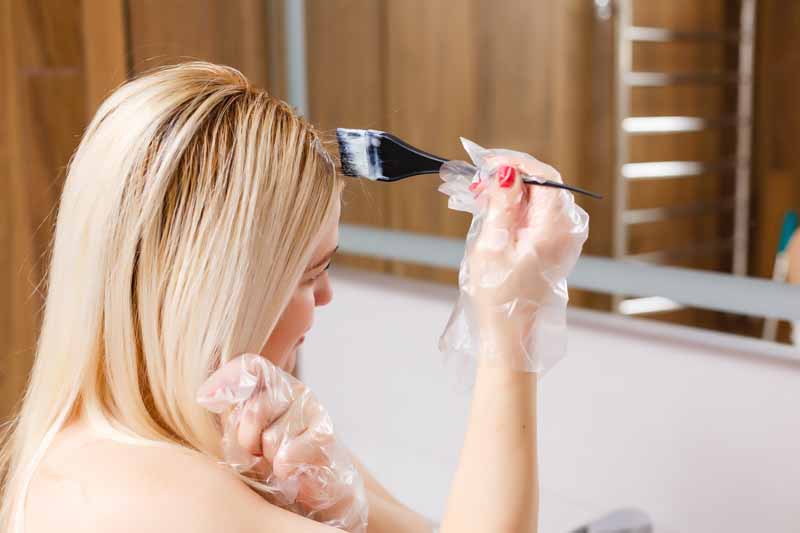
Unfortunately, dyeing your thin hair can be a bit of a double-edged sword. Your hair lets the color bleed out pretty fast, but you also can’t dye your hair very often.
Do you deal with roots or a bad fade? Check in with a hairstylist to talk about options for your hair—just don’t color treat it more than every six to eight weeks.
Don’t Brush Your Hair When It’s Wet

This is a sneaky way to damage your hair. When your hair is wet, it’s easy to stretch and break it off without even realizing it. This is why it’s important to let your hair to dry before brushing it., as the structure of the hair strengthens when dry.
On top of that, a soft brush won't stretch the hair when pulling. Have a little patience and let your locks rest before you immediately yank a brush through them after a shower.
Consider Dimensional Coloring Techniques
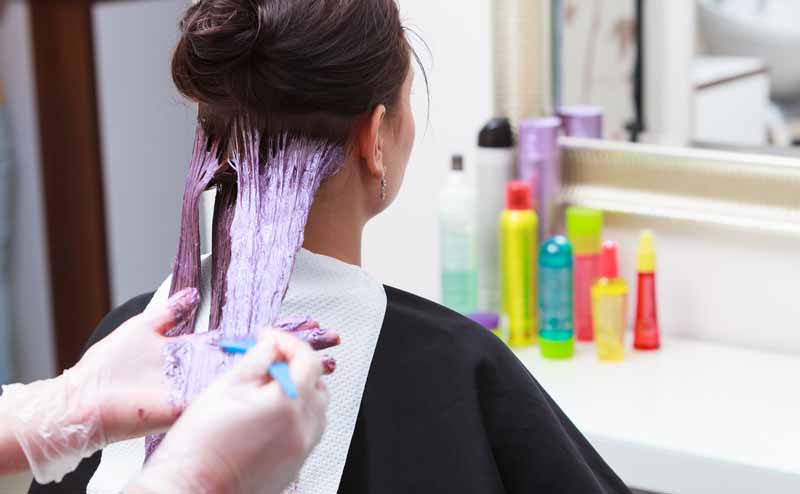
A good solution for hair-dyeing problems is getting a good dye job that will grow out nicely. When you can’t get regular touch-ups, it’s important to think about how your hair will look in between colorings.
Dimensional coloring techniques involve adding light and dark tones at strategic places on your head to make it look more voluminous than it is while allowing the hair to grow into a natural-ish looking fade.
Eat Lots of Vitamin C

Did you know that vitamin C is great for thin hair? The essential vitamin helps create collagen, an important part of your hair’s structure while helping your body absorb iron, which is necessary for hair growth.
An easy way to get plenty of vitamin C is to eat broccoli, brussels sprouts, and citrus fruits. Supplements are an option, but your body absorbs nutrients better when consuming nutrients with food.
Don’t Use Harsh Chemical Treatments

One of the worst things you can do to thin hair is damage it with chemicals. Avoiding heat, cheap products with gross ingredients, and harsh chemicals are the best ways to keep your hair healthy.
Don’t go out and bleach your hair or get a perm. We promise you’ll regret it when your hair gets brittle and dull. If you want curls, let it air dry in curlers. Avoid heat if possible, but occasional heat is alright for a special occasion -- just use heat protectant!
Experiment With Clip-Ins
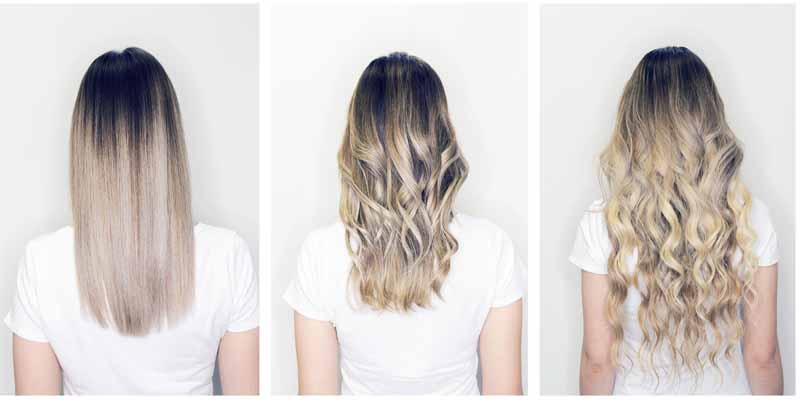
If you’ve never considered getting clip-in extensions, now is the time! Sew-in and tape-in extension will damage your hair, but clip-ins will protect your fine tresses while giving you the extra length you’ve always dreamed of.
The best part? You don’t need a stylist to help you with clip-ins, so it’s a style you could do yourself at home. Some of the higher quality ones are even made with real human hair so you can do whatever you want with them.
Use Protective Styles

A common mistake anyone can make is pulling your hair up too tightly. While everyone likes a sleek look, keeping your hair in a high and tight style is not good for your locks.
If you pull too hard or keep your hair in a too-tight hairstyle, your hair will start thinning and falling out. Try loose buns and braids, or wearing your hair down.
Don’t Straighten It
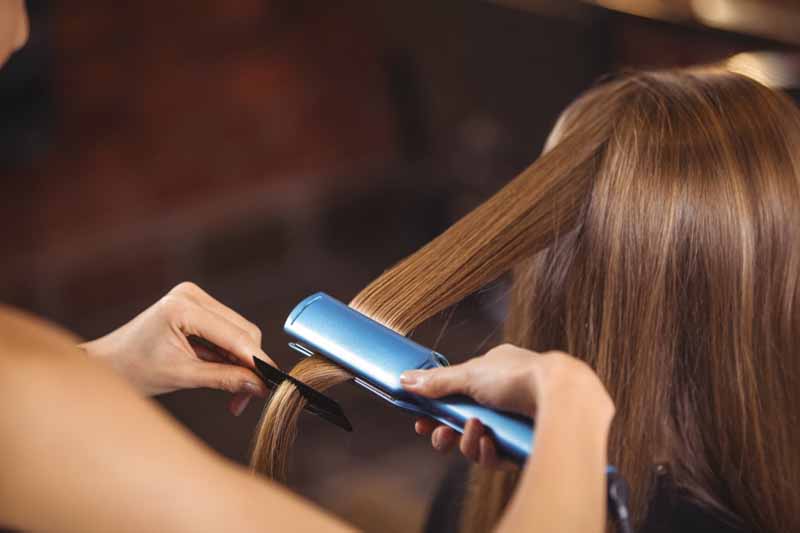
As tempting as it is to grab the straightening iron every day, you should avoid it at all costs. This is especially important for those of us with thin hair because it’s so easily damaged.
When you apply excessive heat to your hair, you risk damaging the outer protecting layer of your hair. For this reason, if you do use a straightener, make sure to use heat protection products and only use heat on your hair when necessary.
Find a Good Source of Biotin

Biotin is a B vitamin that can thicken hair while making it grow longer. A lack of biotin can thin your hair down even further, so make sure you get enough of this vitamin.
Some shampoos and conditioners contain biotin while some natural sources include egg yolks, almonds, cauliflower, and cheese. Make sure to check with your doctor before beginning a new medication regimen.
Give Yourself a Mini Scalp Massage
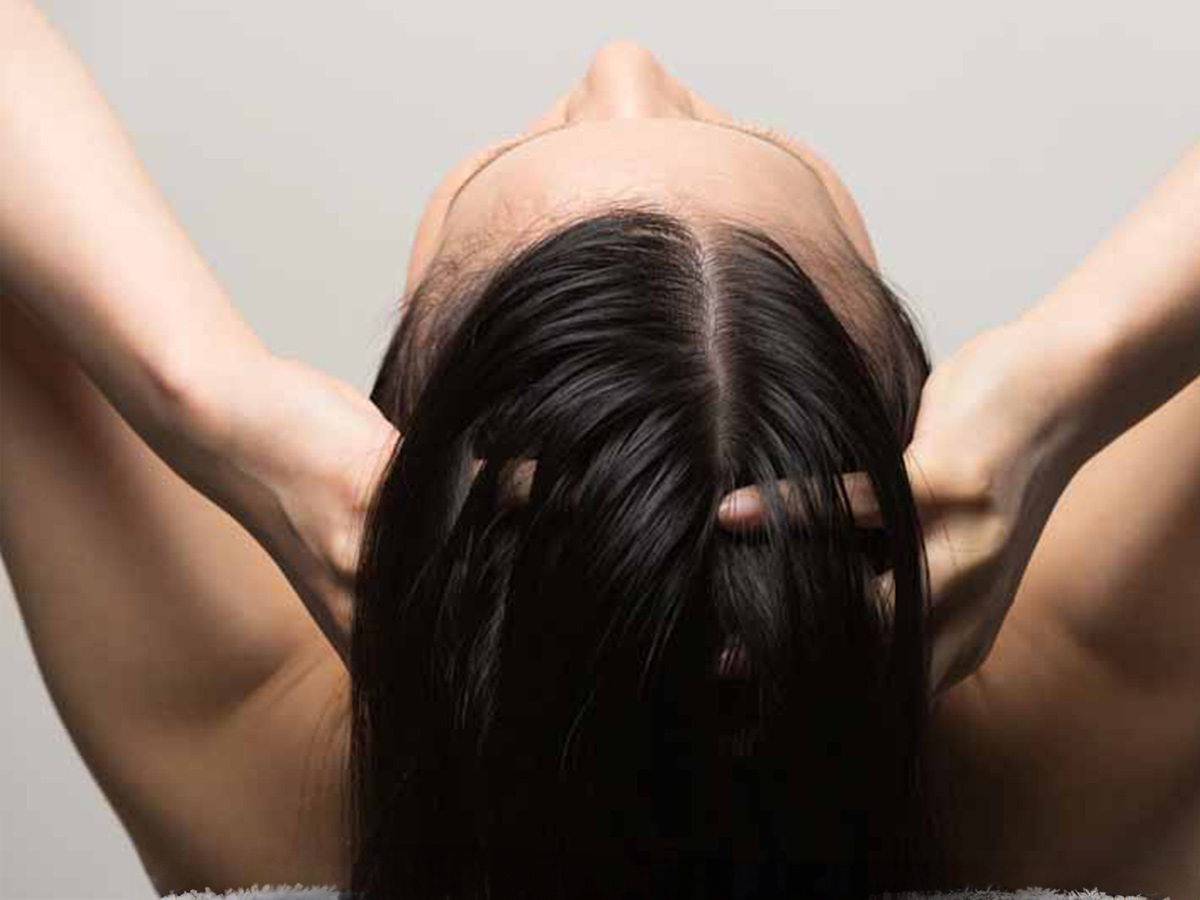
You know when you go to a stylist, and they give you a little head massage when you get shampooed? It's actually great for your hair! It stimulates your scalp and can increase blood flow (which may help growth in the long run).
This simple trick can be done anytime, but the easiest for doing it yourself is in the shower. When you shampoo your hair, massage your scalp while you lather up. Over time, you may also notice a little extra shine.
Let It Air Dry

The best thing for your hair would be to let it air dry, but we understand that sometimes you’re in a rush and need to get ready as fast as possible. If you must towel it off, do not rub a towel over your hair.
Rubbing could pull at the weak strands and cause breakage. This could cause split ends and make cause your hair to become unhealthy. Use the towel to pat it down gently to avoid tangles, breakage, and frizz.
See a Dermatologist
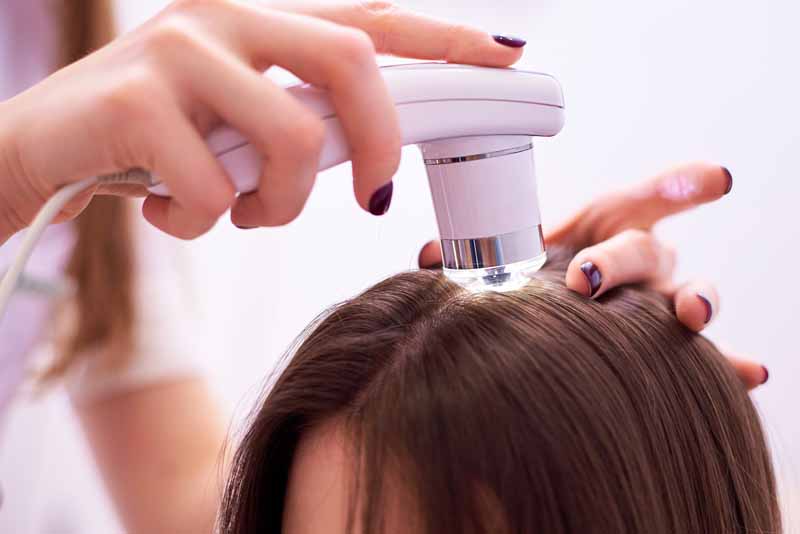
If your hair is thinner than before, or just now starting to thin out, you might want to consider making an appointment with a dermatologist. Thinning hair can be a symptom of a scalp condition.
If there is a condition, the quicker you find it and treat it, the more likely it is that your scalp will be fine. Your dermatologist will also help create a treatment plan that could help alleviate any thinning or hair loss you may be experiencing.
Use a Soft-Hold Hairspray
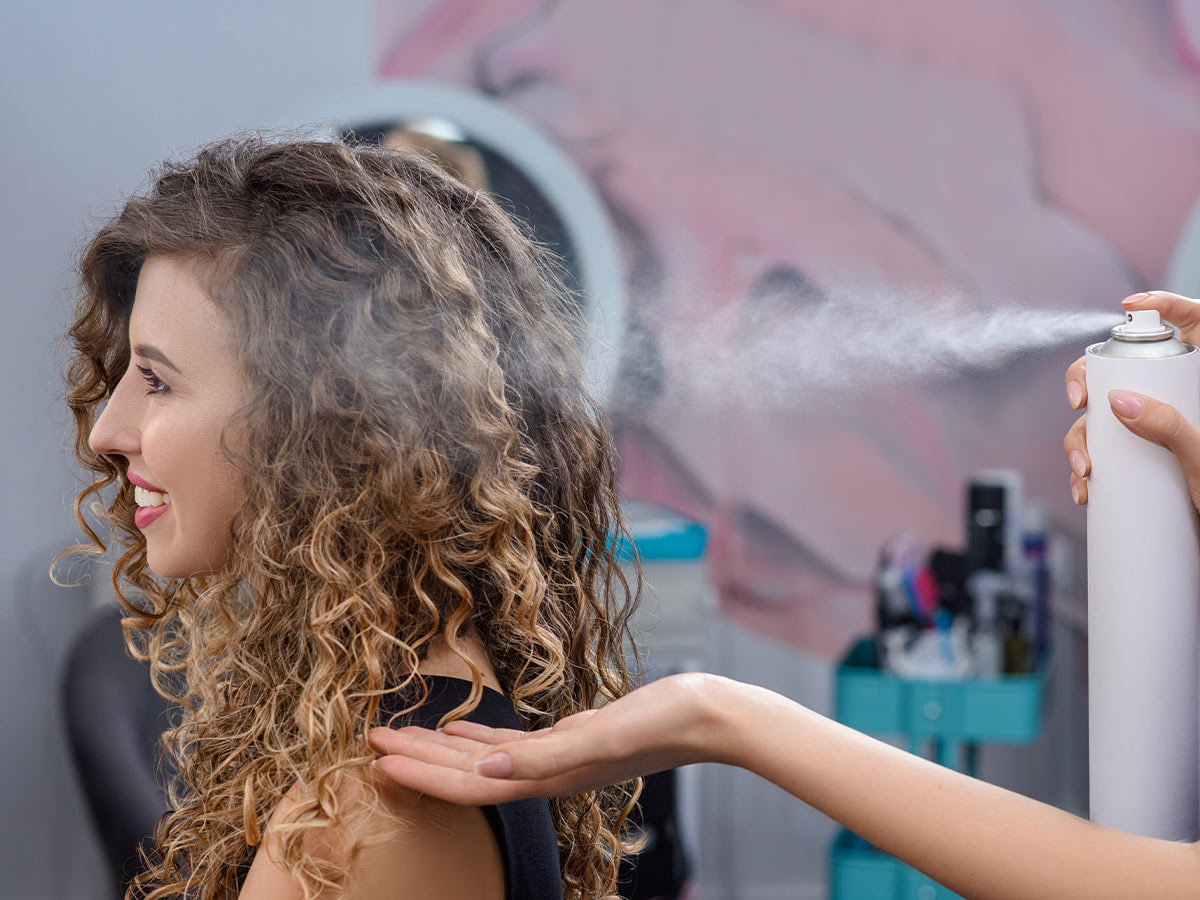
The same idea behind using water-based styling products is why we’re advocating for a soft-hold hairspray. Heavier products will weigh down your hair and make it look flatter, thinner, and straight-up crunchy.
Soft-hold hairsprays will still keep your hair looking fluffy and shiny without sacrificing style. Try a few different brands before you figure out the one that works best with your hair type.
Get Plenty of Protein

One of the best ways to nourish thin hair is from the inside out. Using the right hair products, avoiding heat treatments, and even trying out protective styles will only get you so far without eating enough protein.
Foods such as eggs, pumpkin seeds, and Greek yogurt have large amounts of protein, which will strengthen your hair. The average woman only needs about 46 grams per day, which is around three Greek yogurts per day (depending on the brand).
Take Iron Supplements

An iron deficiency can cause hair to become thin, brittle, and dull. An easy way to get plenty of iron is to take supplements, but you should check with your doctor before beginning any new medication regimen.
Iron shouldn't be taken unless you know that you're iron deficient. If you’d rather just eat your daily recommended dose of iron, try shellfish, spinach, and red meat.
Stop Smoking

Smoking causes so many problems and not all of them affect your breathing. The harmful chemicals in cigarettes and the smoke can cause both hair loss and premature graying.
The smokes lead to poor blood circulation and a weak immune system, which can also cause your hair to lose its shine and softness. There are several smoking cessation techniques. If one doesn't work, don't be afraid to try another!
Stay Hydrated

Drinking enough water is the cornerstone for all of your bodily functions—it can even have an impact on your mental health. Staying hydrated allows your hair to absorb more moisture and essential vitamins and nutrients.
If you’re dehydrated, your hair becomes brittle and straw-like. Get yourself a cute, reusable water bottle to carry around with you because it's easier to remember to drink water if it's always in your hand!
Don’t Forget About Zinc
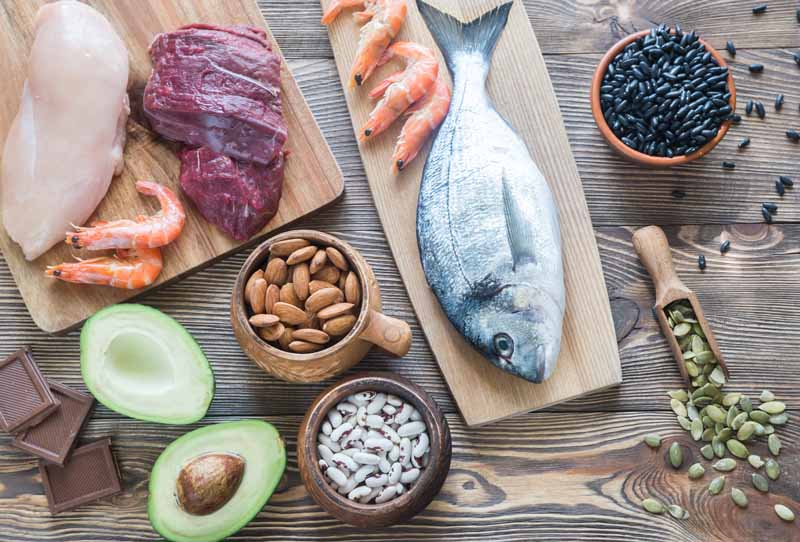
Not getting enough zinc in your diet can cause hair loss—it’s one of the driving factors in male pattern baldness. You can take zinc supplements, use hair products with the mineral in it, or include it in your diet.
A few great ways to sneak zinc into your diet is with dark chocolate, oysters, and eggs. Make sure to check with your doctor before beginning a new medication regimen.
Find a Good Mousse

Trust us, we know how skeptical you must be about being told to go out and buy mousse. People with thin hair understand how quickly mousse can turn into a crunchy, stiff mess that no one wants to be a part of.
However, there are some weightless volumizing mousse products on the market that won’t weight down your hair or make it look ridiculous. Plus, it’s a quick, heat-free way to style your hair.
Find Ways to De-Stress

Stress can cause hair to thin or fall out for a variety of reasons. You might be undernourished because you haven’t been thinking about balanced meals, or you could even be literally ripping your hair out from stress.
Whatever’s going on, it’s important to find ways to deal with stress. Once you do, your hair will thank you. Some people de-stress by cleaning or exercising, while others listen to music or read. It's different for everyone, so try a few different methods. It should feel easy and effortless when you find the right one.
Get Plenty of Sleep

This kind of fits in with finding ways to destress since sleep deprivation can cause many health issues. If you’re not getting enough sleep then your hormone levels can be affected, specifically human growth hormone. This leads to thinning hair and hair loss, so it’s important to get on a good, consistent sleep schedule to keep your locks looking lively!
We know this can sound easier said than done for some folks. For those that have insomnia, it may help to create a routine that prepares your body for bed. By doing the same thing every day before bed, your body knows, "hey! We're sleeping soon." Speak to your doctor if you're still having troubles.
Accept It
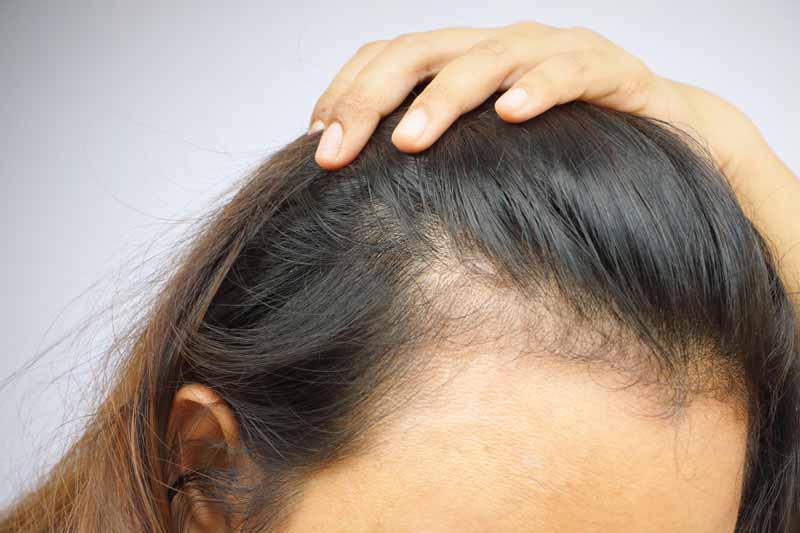
It’s understandable to get frustrated with your hair and curse at it. An important thing to remember that it’s still your hair, and you should learn to love every part of yourself. It's tough to just "accept it," but it isn't all bad.
Think of the advantages; you don’t go through your products as fast as those with thick hair, styling your hair takes less time, and it’s naturally silky and shiny. Thin hair and hair loss is extremely common, so you're not alone!
 Author
Jennifer Freehill
Last Updated: December 26, 2025
Author
Jennifer Freehill
Last Updated: December 26, 2025
